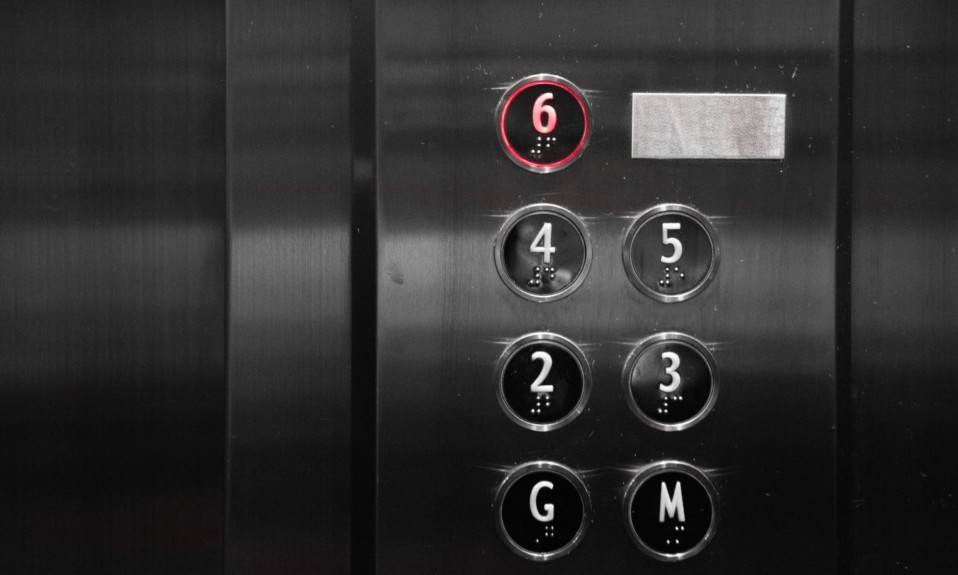| Addiction Treatment Industry Newswire |
 01/04/2015 -ATIN – Scientists working out of the University of Michigan and now Wesleyan University in Connecticut are seeking to unravel the mysteries of what Dr. William Silkworth, in his pioneering preamble written to The Big Book of Alcoholics Anonymous, described as the “phenomenon of craving.” Both Dr. Silkworth and the two scientists, one an assistant professor at Wesleyan University’s Department of Psychology, Mike Robinson, and the other a graduate student at the University of Michigan, Shelley Warlow, agree that it is the inexplicable, overwhelming craving addicts feel that is the primary differentiator between those individuals who exhibit addictive behavior, ie: an inability to stop the behavior no matter how destructive, and those individuals who exhibit “normal” behavior and stop whatever the destructive behavior before it leads to highly malicious consequences. This, even though, Mr. Robinson admits he has never seen the Big Book nor read the preamble, thus proving that science and the program of Alcoholics Anonymous have much in common and do not necessarily need to be at odds but indeed can work together to find evidence-based solutions to the problem of addiction. 01/04/2015 -ATIN – Scientists working out of the University of Michigan and now Wesleyan University in Connecticut are seeking to unravel the mysteries of what Dr. William Silkworth, in his pioneering preamble written to The Big Book of Alcoholics Anonymous, described as the “phenomenon of craving.” Both Dr. Silkworth and the two scientists, one an assistant professor at Wesleyan University’s Department of Psychology, Mike Robinson, and the other a graduate student at the University of Michigan, Shelley Warlow, agree that it is the inexplicable, overwhelming craving addicts feel that is the primary differentiator between those individuals who exhibit addictive behavior, ie: an inability to stop the behavior no matter how destructive, and those individuals who exhibit “normal” behavior and stop whatever the destructive behavior before it leads to highly malicious consequences. This, even though, Mr. Robinson admits he has never seen the Big Book nor read the preamble, thus proving that science and the program of Alcoholics Anonymous have much in common and do not necessarily need to be at odds but indeed can work together to find evidence-based solutions to the problem of addiction.
“Cure for Addiction” As news seeped out about Robinson’s and Warlow’s work – which centers on identifying where in the brain the overwhelming craving originates, which Robinson told Treatment Magazine in an interview appears to center in a part of of the brain called the amygdala in a study with rats published in the Journal of Neuroscience – headlines like “A Cure for Addiction” inevitably were written, headlines Robinson basically scoffs at. “It’s way too early to start working on the laser surgery,” he told Treatment Magazine with a sense of humor. Nevertheless, the work is pioneering he says because it lays the groundwork for further studies that, let’s face it, way out into the future may lead to therapies that quickly appease the phenomenon of craving in those in which the phenomenon occurs; in other words that 10 percent to 20 percent of the population where addictive behaviors and overwhelming craving on some level comes into play. It is difficult for those who have never experienced these cravings to understand them and in fact we here at Treatment Magazine have just seen a situation where a father, at odds with the mother who has not given up on her son, says that his son should “just be able to stop,” obviously oblivious to the craving that essentially hijacks the brains of certain people, including his own son. Not just Mood Altering Substances Robinson says it is not just the well known mood altering substances like alcohol that work on stimulating the amygdala, but sugary substances that were fed to rats in his study, which were given a choice of pressing levers that released the sugary substance or pressing a lever that sent the sugary substance combined with a direct laser stimulation to the part of the amygdala Robinson suspects stimulates reward, with the rats choosing the direct laser stimulation every time. Robinson and Warlow are now going to take the study to the next level, working with levers that release cocaine instead of sugary substances. Robinson’s Ultimate Goal Says Robinson: “My goal is [to] better understand how brain systems generate intense levels of motivation relevant to normal intense appetites and to pathological cases of eating disorders and obesity and of drug addiction and gambling.” Both Mr. Robinson and Ms. Warlow conducted the study described above under the supervision of Distinguished Professor of Psychology Dr. Kent Berridge of the University of Michigan in Ann Arbor. POST YOUR COMMENTS BELOW… start a debate! Got Addiction News? …TELL US! |













